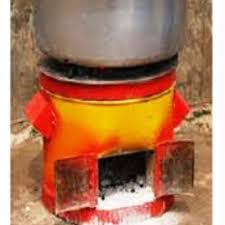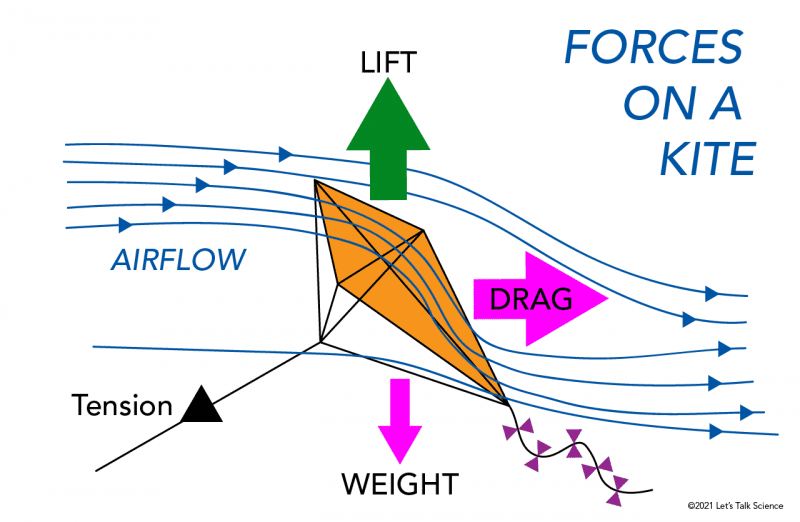Your cart is currently empty!
1. Post-Traumatic Stress Disorder (PTSD)
By Christella LUMAMBA, Mentee Writers Hub/GBV & Youth Rights Awareness
The Hidden Wounds of War

Refugee youth carry with them more than just memories of their homeland; they often carry invisible scars that shape their behavior, emotions, and ability to learn. Post-Traumatic Stress Disorder (PTSD) is one of the most prevalent mental health conditions among refugees, particularly those who have fled war-torn regions. For the youth residing in Kyaka II Refugee Settlement, the experiences of violence, displacement, and loss are not just stories of the past but ongoing battles in their minds.
Kyaka II is home to thousands of refugees, predominantly from the Democratic Republic of Congo (DRC), a country plagued by decades of conflict. Many youths have witnessed atrocities such as the brutal killing of family members, sexual violence, and the destruction of their homes. Others from Rwanda, Burundi, or South Sudan bear similar scars, either from direct experiences or inherited trauma passed down through their families. These experiences significantly contribute to the development of PTSD, leaving many youths struggling to cope with daily life.
What is PTSD?
PTSD is a mental health condition that develops after someone experiences or witnesses a traumatic event. For refugee youth, these events often include:
- Witnessing violence, including torture or murder of loved ones.
- Experiencing sexual assault or exploitation.
- Fleeing under life-threatening conditions.
- Living in constant fear and uncertainty.
Signs of PTSD in Refugee Youths

In a school environment, PTSD often manifests in ways that can be misunderstood as behavioral problems or a lack of interest in learning. Recognizing these signs is crucial for providing support:
- Re-experiencing Symptoms:
- Flashbacks or intrusive memories of traumatic events.
- Nightmares that disrupt sleep.
- Intense emotional or physical reactions to reminders of the trauma (e.g., loud noises or certain places).
- Avoidance Behaviors:
- Reluctance to talk about their experiences.
- Avoiding people, places, or activities that trigger memories of the trauma.
- Withdrawal from social interactions, leading to isolation.
- Hyperarousal Symptoms:
- Being easily startled or constantly on edge.
- Difficulty concentrating or staying focused in class.
- Outbursts of anger or irritability.
- Negative Changes in Thoughts and Mood:
- Persistent feelings of fear, guilt, or shame.
- Difficulty trusting others.
- A sense of hopelessness or a lack of interest in the future.
PTSD in the Context of Kyaka II Refugee Settlement
Living conditions in Kyaka II often exacerbate PTSD symptoms. Overcrowding, lack of privacy, and constant reminders of displacement can trigger traumatic memories. Youth who have experienced sexual violence or the brutal loss of family members may feel especially vulnerable in an environment where safety and stability are not guaranteed. Additionally, the challenges of adapting to new cultures and education systems can deepen their sense of isolation.
How to Support Refugee Youth with PTSD
Understanding and empathy are key to helping youth cope with PTSD. Here are ways to provide meaningful support:
- Recognize Their Pain:
- Understand that their behaviors stem from trauma, not defiance or laziness.
- Avoid pressuring them to “move on” or “forget” their past.
- Create a Safe Environment:
- Establish trust through consistent, non-judgmental interactions.
- Provide routines and structures that help them feel secure.
- Encourage Professional Help:
- Advocate for mental health services within refugee settlements.
- Help reduce stigma by normalizing conversations about mental health.
- Provide Coping Tools:
- Encourage creative outlets like art, music, or writing.
- Teach relaxation techniques such as deep breathing or mindfulness.
- Involve the Community:
- Train teachers, parents, and community leaders to identify and support youth with PTSD.
- Foster peer support groups where youths can share their experiences.
Moving Forward
PTSD is a silent burden carried by many refugee youths, but with awareness and collective effort, we can lighten their load. To educators, caregivers, and peers: let us be the support system they need. Understanding their struggles is the first step toward helping them heal. With compassion and appropriate care, these youths can find hope and resilience amidst the challenges they face.
Remember, trauma does not define their future—but our response to their needs can shape it.
Christella LUMAMBA, Mentee Writers Hub/GBV & Youth Rights Awareness


-
Youth and Finance Series #3: The Parable of Tamaa and Mnyenyekevu
-
Understanding Mental Health Conditions in Refugee Contexts (Part III): Case Studies I & II
-
Understanding Surface Tension
- Energy Essentials: Youth in a Power-Driven World/Manzi BIRAGUMA, Real-World Physics/Claude TUYISHIME
Turning Solid Waste into Gas for Home, Industrial, and Vehicle Fuel Use
-
Youth and Finance Series #2: Mastering the Art of Budgeting
-
Youth and Finance Series #1: The Saving Mindset
-
Understanding Mental Health Conditions in Refugee Context (Part II): Depression
-
Understanding Mental Health Conditions in Refugee Contexts (Part I): PTSD
-
Youth Mental Health Matters
-
Using Energy Sustainably in the Community

Powering Our Future: Exploring Energy Sources and the Journey to Sustainable Solutions

Mastering the Wind: How Air Resistance Shapes Our World
4 responses to “Understanding Mental Health Conditions in Refugee Contexts (Part I): PTSD”
This is so insightful Ms Christella we need more of these pieces to the community
😔
You might have learnt something you were mistaking for another???
This article touchingly highlights the invisible wounds carried by refugee youth, particularly those in Kyaka II. While it sheds light on the challenges of PTSD, I’m curious about the specific mental health resources available within the settlement because even the few available resources targets other categories of individuals like women and men neglecting youth and therefore youths are in the blinks of depression in Kyaka ii refugee settlement. This brings a lot of questions on how these services can be provided and How accessible are these services to vulnerable youth? What are the cultural considerations and challenges in providing culturally sensitive mental health support within this context?

Leave a Reply